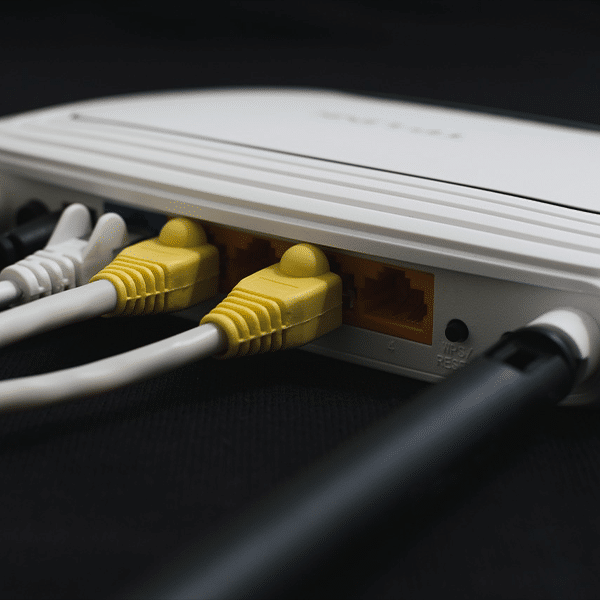 Smartphones and tablets are replacing notebooks and laptops as the preferred choice of travelers at airports. The mobile devices surpassed laptops as the most widely carried Wi-Fi devices across Boingo’s managed network of 60 airports in North America and Europe, reaching 58.9% of all devices in June, according to the Wi-Fi software and services provider’s “Wi-Fi Snapshot” infographic.
Smartphones and tablets are replacing notebooks and laptops as the preferred choice of travelers at airports. The mobile devices surpassed laptops as the most widely carried Wi-Fi devices across Boingo’s managed network of 60 airports in North America and Europe, reaching 58.9% of all devices in June, according to the Wi-Fi software and services provider’s “Wi-Fi Snapshot” infographic.
“Since the launch of the iPhone in June 2007, we’ve seen a marked growth trend for non-laptop devices, but the exponential growth in iPhones and iPads in the last year pushed mobile devices past laptops, showcasing just how disruptive the trend is,” said Dawn Callahan, vice president of consumer marketing for Boingo Wireless.Among other findings included in the inforgraphic:
- Apple’s iOS mobile operating system (OS) had a “commanding market share” of mobile Wi-Fi devices at airports, representing more than 83% of the total.
- The percentage using Google’s Android mobile OS more than tripled its market share from 2010, but remained a distant fourth to the trio of Apple’s iPhone, iPad and iPod Touch.
- Mobile data consumption continues to increase on both a monthly and per-minute basis, “pointing to higher bandwidth activities that will likely test the limits of some users’ tiered 3G data plans.”
- The Wi-Fi market has increased five-fold in the last five years. The number of Wi-Fi smartphones and tablets accounted for most of the growth, while the number of Wi-Fi laptops doubled.
- The percentage of travelers at airports carrying smartphones and tablets, as opposed to laptops notebooks, surpassed 50% for the first time in February 2011.
“Given the latest numbers, I think it’s safe to say 2011 is the year Wi-Fi became an essential part of mobile Internet connectivity,” said Dawn Callahan, vice president of consumer marketing for Boingo Wireless,” said Callahan.


